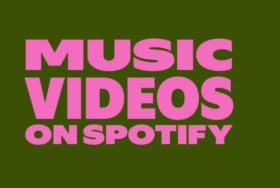
 Driving revenue with live content will be one of the hot topics at Cynopsis’ ScreenShift event, taking place October 14 in NYC. Jon Giegengack, Founder and Principal, Hub Entertainment Research, will be on hand to address that topic and more – here’s a peek at his take.
Driving revenue with live content will be one of the hot topics at Cynopsis’ ScreenShift event, taking place October 14 in NYC. Jon Giegengack, Founder and Principal, Hub Entertainment Research, will be on hand to address that topic and more – here’s a peek at his take.
The name of your panel is “Winning with Live TV.” Can you address the biggest challenge you see in monetizing live TV content across both traditional and streaming platforms?
The biggest challenge is fragmentation. We’ve moved from a world of linear TV and appointment viewing to a landscape where the same content can appear in multiple formats—live, on-demand, ad-supported, ad-free, or a combination of all the above. This evolution was driven by consumer preference and enabled by technology. The challenge now is striking the right balance: meeting viewers where they are while still delivering the scale advertisers need.
What strategies are usually most effective in maximizing both audience engagement and revenue in live TV these days?
In sports, there’s tremendous opportunity to deepen engagement by personalizing the experience for different types of viewers. Younger sports fans, in particular, already consume most of their non-live sports content—like news and highlights—through social media. That means the format is different, more snackable, and often tied to an online community, which is now a key part of fandom. Emerging AI technologies—such as real-time stats, predictions, and tailored commentary—are also transforming sports from a one-way broadcast into a dynamic, personalized experience. And the more actively viewers engage, the stronger their connection to the sport becomes.
What are your hoped-for takeaways from the ScreenShift event?
I’m interested in hearing how leaders are navigating the balance between delivering personalized content that viewers expect and achieving the scale needed for a sustainable advertising model. I’m also curious about how companies are leveraging technology—particularly AI—to make sports content more engaging by aligning what fans see and hear with their individual interests.







